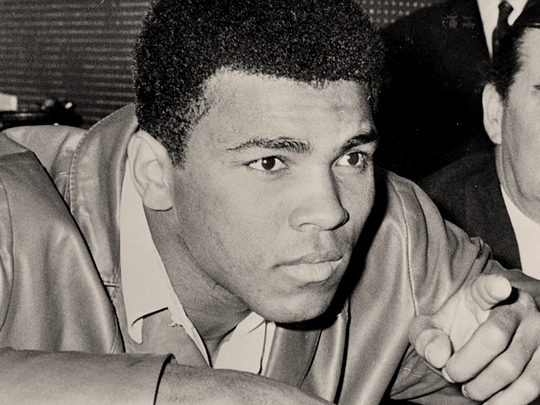Wikimedia Commons / CC-BY-SA-3.0 / GFDL
1 – Muhammad Ali Refuses Army Induction – Stripped of Boxing Title
On April 28, 1967, boxing champion Muhammad Ali refused to be inducted into the U.S. Army and was immediately stripped of his heavyweight title.
Ali, a Muslim, cited religious reasons for his decision to forgo military service. He refused the induction, saying “I ain’t got no quarrel with those Vietcong.”
On June 20, 1967, Ali was convicted of draft evasion, sentenced to five years in prison, fined $10,000 and banned from boxing for three years.
Ali stayed out of prison as his case was appealed and he returned to the ring on October 26, 1970, with a third-round knock out of Jerry Quarry in Atlanta, Georgia.
On March 8, 1971, Ali lost to Joe Frazier after 15 rounds in what was dubbed the “Fight of the Century”. It was the first loss of his professional boxing career.
On June 28, 1971, the U.S. Supreme Court overturned his conviction for evading the draft.
2 – The Biafran War
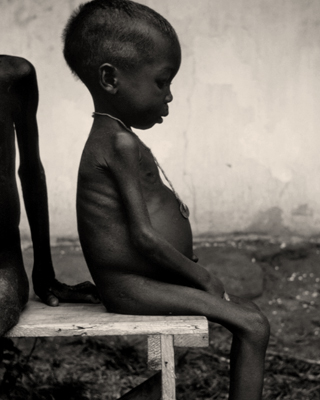
The Biafran War was a war fought from 6 July 1967, to 15 January 1970, to counter the secession of Biafra from Nigeria.
Biafra represented nationalist aspirations of the then Eastern Nigeria, whose leadership felt they could no longer coexist with the Northern-dominated federal government.
The conflict resulted from tensions that preceded Britain’s formal decolonization of Nigeria from 1960 to 1963.
Immediate causes of the war in 1966 included a military coup, a counter-coup, and persecution of Igbo living in Northern Nigeria. Control over oil production in the Niger Delta played a vital strategic role.
Within a year, the Federal Military Government surrounded Biafra, capturing coastal oil facilities and the city of Port Harcourt.
The blockade imposed during the ensuing stalemate led to severe famine, accomplished deliberately as a war strategy. Over the two and half years of the war, about two million civilians died from starvation and diseases.
This famine entered world awareness in mid-1968 when images of malnourished and starving children suddenly saturated the mass media of Western countries.
The plight of the starving Biafrans became a cause célèbre in foreign countries, enabling a significant rise in the funding and prominence of international non-governmental organizations.
Britain and the Soviet Union were the main backers of the Federal Military Government in Lagos, while France and some independent elements supported Biafra.
3 – US & South Vietnamese Troops Launch Operation Junction City Against the Viet Cong
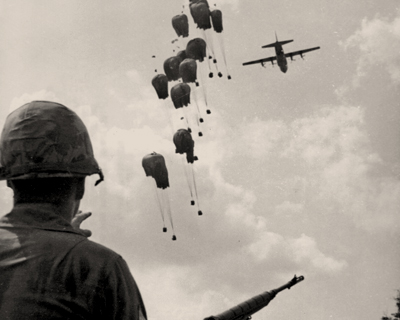
Operation Junction City was an 82-day military operation conducted by the United States and South Vietnamese forces begun on 22 February 1967, during the Vietnam War.
It was the only major airborne operation of the Vietnam War, and one of the largest U.S. operations of the war.
The operation was named after Junction City, Kansas, home of the operation’s commanding officer.
The stated aim of the engagement was to locate the elusive ‘headquarters’ of the Communist uprising in South Vietnam, the Central Office of South Vietnam.
By some accounts of US analysts at the time, such a headquarters was believed to be almost a “mini-Pentagon,” complete with typists, file cabinets, and staff workers possibly guarded by layers of bureaucracy.
In truth, the actual headquarters was revealed by VC archives to be a small and mobile group of people, often sheltering in ad hoc facilities and at one point escaping an errant bombing by hundreds of meters.
4 – Che Guevara and His Men are Captured in Bolivia
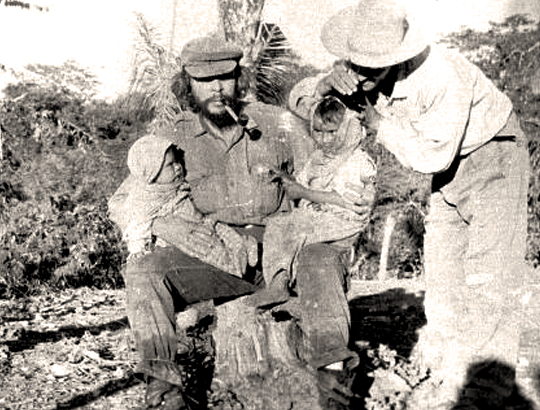
On October 7, 1967, an informant of the Bolivian Special Forces revealed the location of Cuban revolutionary Ché Guevara’s guerrilla encampment in the Yuro ravine.
On the morning of October 8, they encircled the area with two battalions, numbering 1,800 soldiers, and advanced into the ravine triggering a battle where Guevara was wounded and taken prisoner.
Guevara was tied up and taken to a dilapidated mud schoolhouse in the nearby village of La Higuera that evening.
Guevara refused to be interrogated by Bolivian officers and would only speak quietly to Bolivian soldiers.
On the morning of October 9, Bolivian President René Barrientos ordered for Guevara to be killed, despite the United States government’s desire for Guevara to be taken to Panama for further interrogation.
The chosen executioner was Mario Terán, who volunteered to shoot Guevara because three of his friends had been killed in a firefight with Guevara’s band of guerrillas.
To make the bullet wounds appear consistent with the story that the Bolivian government planned to release to the public, Félix Rodríguez ordered Terán not to shoot Guevara in the head.
Instead, he was ordered to aim carefully to make it appear that Guevara had been killed in action during a clash with the Bolivian army.
When Sergeant Terán entered the hut, Guevara reportedly said: “I know you’ve come to kill me. Shoot, coward, you are only going to kill a man.”
In all, Guevara was shot nine times by Terán. This included five times in his legs, once in the right shoulder and arm, and once in the chest and throat
5 – The Six-Day Arab-Israeli War
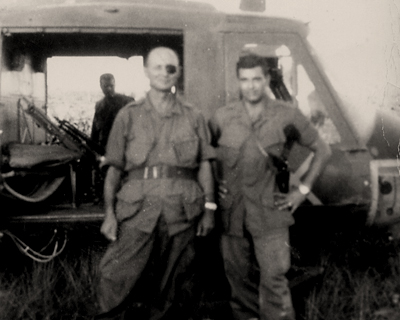
The Six-Day War was fought between June 5 and 10, 1967 by Israel and the neighboring states of Egypt, Jordan, and Syria.
Following the mobilization of Egyptian forces along the Israeli border in the Sinai Peninsula, Israel launched a series of preemptive airstrikes against Egypt.
The Egyptians were caught by surprise, with nearly the entire Egyptian air force being destroyed.
Simultaneously, the Israelis launched a ground offensive into the Gaza Strip and the Sinai. After some initial resistance, Egyptian leader Gamal Abdel Nasser ordered the evacuation of the Sinai.
Israeli forces rushed westward in pursuit of the Egyptians, inflicted heavy losses, and conquered the Sinai.
Nasser induced Syria and Jordan to begin attacks on Israel by using the initially confused situation to claim that Egypt had defeated the Israeli airstrike.
Israeli counterattacks resulted in the seizure of East Jerusalem as well as the West Bank from the Jordanians, while Israel’s retaliation against Syria resulted in its occupation of the Golan Heights.
On June 11, a ceasefire was signed. Fewer than a thousand Israelis had been killed compared to over 20,000 from the Arab forces.
Israel seized control of the Gaza Strip and the Sinai Peninsula from Egypt, the West Bank, and East Jerusalem from Jordan, and the Golan Heights from Syria. The area under Israeli control tripled.
The displacement of civilian populations resulting from the war would have long-term consequences, as 300,000 Palestinians fled the West Bank and about 100,000 Syrians left the Golan to become refugees.
Across the Arab world, Jewish minority communities were expelled, with refugees going to Israel or Europe.


